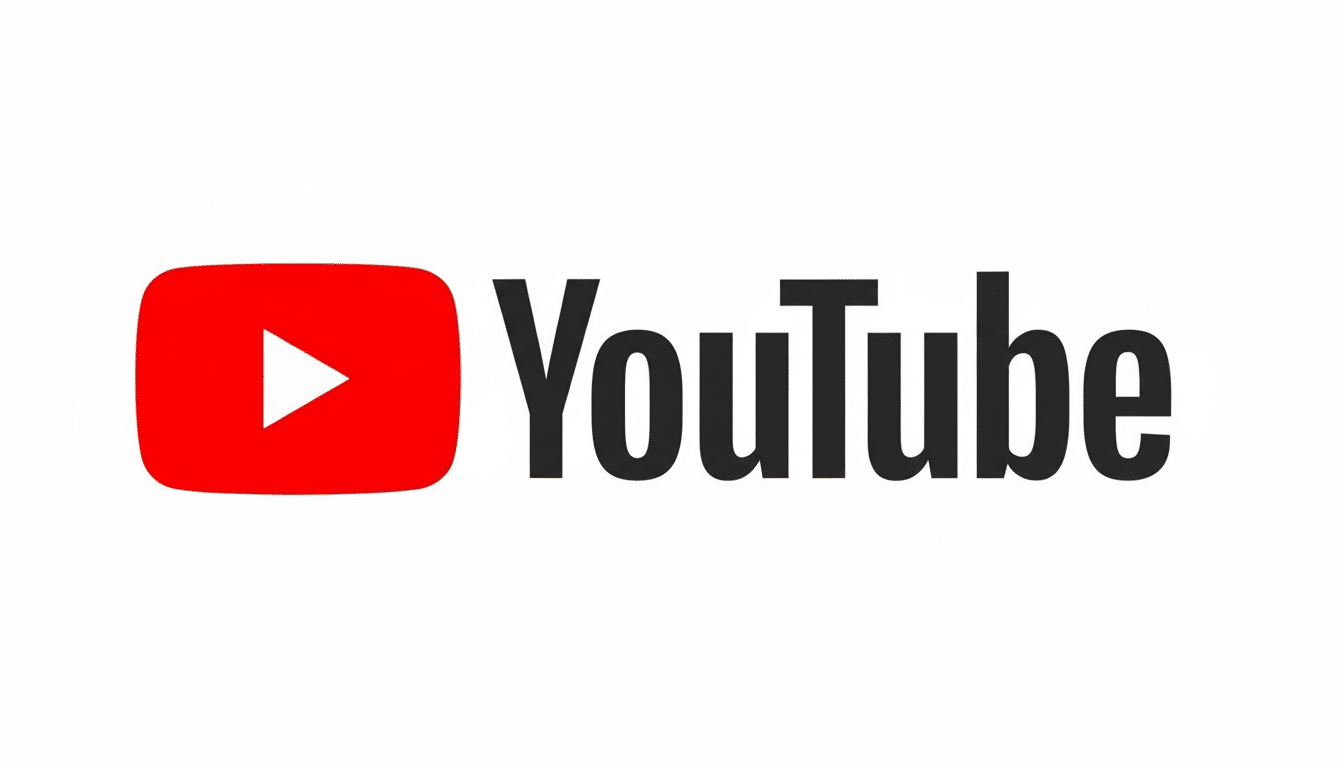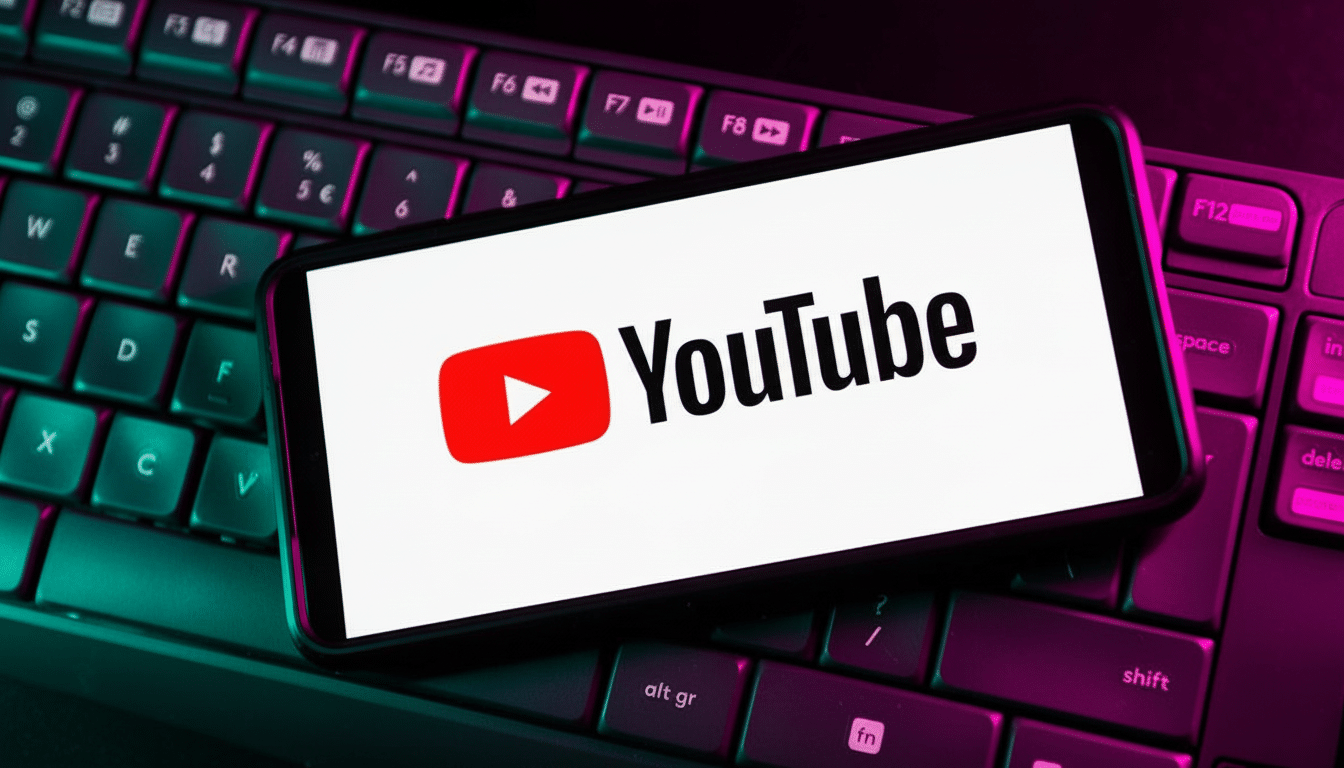YouTube is coming out with a dedicated experience to help teens search for credible, age-appropriate information on topics such as depression, anxiety, ADHD and eating disorders. The new experience elevates a prominent row of authoritative videos at the top of results for users 13 to 17, offering access to a collection of videos that have been vetted by people at YouTube, but not necessarily by all the creators themselves. The row aims to help expose young viewers to helpful content and keep them in a well-being bubble, so they stay on this content rather than others, like conspiracy theories or politically extreme material.
The company says the content is designed to support adolescent vulnerability, and is produced in collaboration with youth mental health organizations including the Child Mind Institute. The guidance is in part an attempt to lower the likelihood that teens start first with confusing or sensationalized video clips, and instead find their way first to straightforward online resources tied to best clinical standards.

What Changes Teens Will See on YouTube Search Results
When a teenager searches for certain questionable keywords or phrases, a curated area now appears at the top of the results page that features videos handpicked in an effort to have a more age-appropriate, informative tone.
With videos from credible sources, the idea is to demystify symptoms, normalize help-seeking, and describe some evidence-based next steps for what ails you—rather than dramatize or glamorize distress.
YouTube says it is deploying the same “authoritative information” signals used in health and news to promote credible sources here, along with teen-appropriate presentation. Resource panels linking viewers to crisis lines or other counseling services also may appear alongside some queries, expanding on existing protections for self-harm and suicide-related searches.
Why Relevance and Trust Matter for Teen Health Content
Teenagers are turning to video for solutions more and more, and the stakes are high. High school students who are sad most days, according to the C.D.C.’s Youth Risk Behavior Survey, in recent years have made up what I think can only be described as shockingly large proportions of the population. Matching credible facts with people’s very first search click can help to lower the friction between understanding a problem and getting constructive, trustful help.
Meeting teenagers where they are at is pragmatic. The vast majority of American teenagers use YouTube, according to research from the Pew Research Center; that makes it a natural place to offer guidance they can both understand and access. A teen-friendly explanation of panic attacks or guidance on what to say to a trusted adult can be the difference between falling through unchecked clips and toward some kind of support.

Safety Features and Parental Controls for Teen Users
The update follows longer-running efforts to protect younger audiences, such as age-estimation technology to identify teen users, policies curbing recommendations about sensitive topics and crisis support features that can surface help resources. Parents and caregivers can also, with supervised experiences, set up their own content filters and see a watch history, while still letting children decide what they’d like to see.
Experts caution algorithms can exacerbate borderline or triggering content even without malicious intent. YouTube tells The Verge that its systems demote policy-violating or sensationalized content about self-harm and eating disorders in favor of educational context. The independent evaluations from academics and child safety organizations are still important to ensure that those safeguards work as intended in languages and cultures around the world.
Context from Data and Experts on Adolescent Support
Clinical groups like the American Academy of Child and Adolescent Psychiatry argue that early, accurate information can help decrease stigma and improve treatment engagement. It has been suggested by the World Health Organization that adolescence provides a window of opportunity for interventional strategies to be implemented for mental health, and that half of all conditions arise prior to mid-adolescence. Developmentally congruent explanations that are explicit and clear, particularly those that teach children about situations when they should seek help from an adult, lead to better outcomes than fear-based messages.
Equity also matters. Surveys from organizations like The Trevor Project routinely show higher levels of anxiety, depression and suicide risk among L.G.B.T.Q.+ youth; community-based studies point to disproportionate burdens for Black, Latino and Indigenous teens. It will also be essential that culturally competent resources and diverse voices make it onto new content shelves in order to reach the teens most likely to face the greatest barriers to care.
Rollout Timeline and What to Watch in Coming Months
The new teen mental health experience is starting to launch in the United States, U.K., Canada, Mexico, France and Australia with more markets coming soon. Metrics for success to keep your eye on include:
- The proportion of teen search queries begun on authoritative sources
- Decreases in exposure to policy-violating content
- Evidence-based measures of user comprehension and well-being
More is still possible. What might restore trust are integrations that facilitate links to local services and multilingual extensions with ongoing transparency reporting. For now, surfacing vetted, age-appropriate mental health content just as teens request it is a concrete contribution to turning a platform that is everywhere and nowhere into a more supportive place to seek help.

